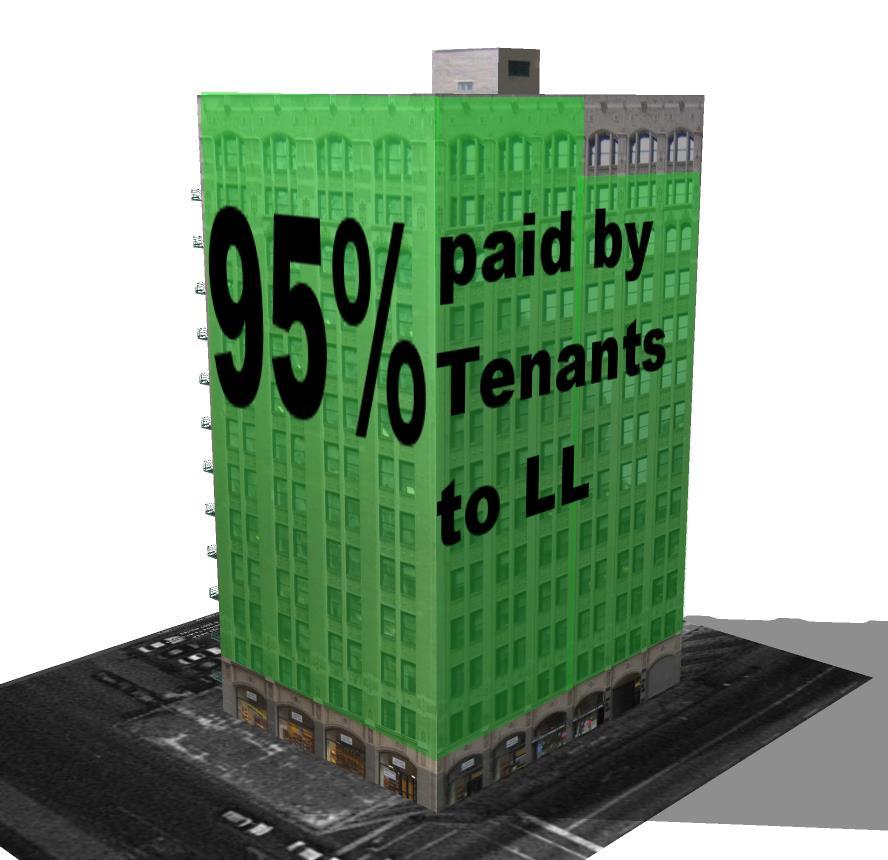IS THAT EMPTY BUILDING THE BARGAIN IT SEEMS TO BE?
February 05, 2013

Office buildings with large vacancies may present an opportunity for advantageous lease negotiating but you must be aware of hidden costs that can surface later. I recently met the President of a technology firm and he shared with me their current occupancy nightmare.
The company signed a seven-year lease and moved into a building that was about one-third occupied. The move-in date was early 2008 and the company enjoyed a very favorable base rate. They agreed to pay increases in building operating expenses and real estate taxes over a 2009 base year. So far so good. Over the next two years the landlord leases out the remaining space in the building and everyone is happy. WRONG.
The landlord was doing what the lease stated and that was to deduct the 2009 base year expenses from the 2011 expenses and charge the Tenant for its share of the difference. What the tenant didn’t realize was that because the building was only a third occupied in 2008/2009 the building expenses were far below normal and the real estate taxes were a fraction of what a fully occupied and assessed building would be causing the spread to be exaggerated. In similar buildings, expenses and real estate taxes were only rising by 3 or 4% over the same two years, but with this technology firm, the increase was over 55%!
So what happen? The technology firm did not have a “gross up” provision in their lease which would have adjusted the partially occupied building operating expenses and real estate taxes to what they would have been if the building would have been at full or 95% of full occupancy.
It’s ok to move into a vacant or partially vacant building, just make sure your great deal doesn’t have any surprises.
Call Bayshore Partners – you know the 40% of time that everyone spends covering their asses at big real estate firms – we’re putting that time into your business.
< Return to News